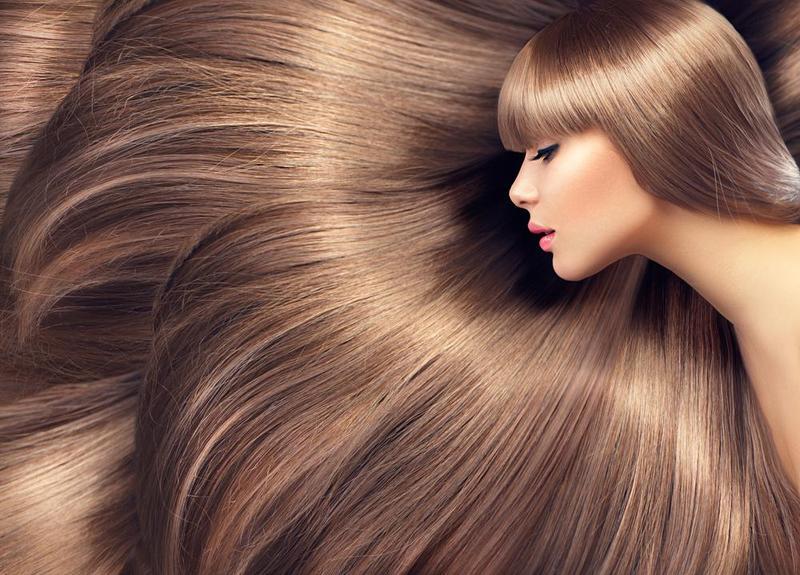This issue’s column was guest-written—for Dr. Tom Ferguson—by a contributor to Medical Self-Care magazine.
But are these claims justified? Is hair analysis as valuable as some people say?
A Revealing Test
The procedure, which costs from $25 to $50, requires cutting a three-teaspoon sample of new growth from the nape of the neck (some practitioners prefer to analyze pubic hair, because it is less likely to pick up contaminants from the environment). The shorn locks are then sent to a laboratory, along with such pertinent information as what shampoo you use and whether you dye or bleach your hair (such substances can, of course, affect the test). There are more than a dozen such labs in this country.
At the lab, the sample is cleaned and then put through a number of spectrographic processes capable of identifying as many as 40 trace elements. The results are recorded by a computer, and a printout—which often contains suggestions for mineral supplements to correct revealed deficiencies—is mailed to the physician, health practitioner, or individual client (some labs offer their services to the public, while others will perform work only for doctors and other medical professionals).
Hair Analysis Application
So far, the most accepted application of hair analysis has been its use as a detector of heavy-metal pollutants. In a 1980 report, the U.S. Environmental Protection Agency concluded that “human hair can be used effectively for biological monitoring of the highest priority toxic trace metals …lead, cadmium, mercury, and arsenic”.
Be the first to post a message!
